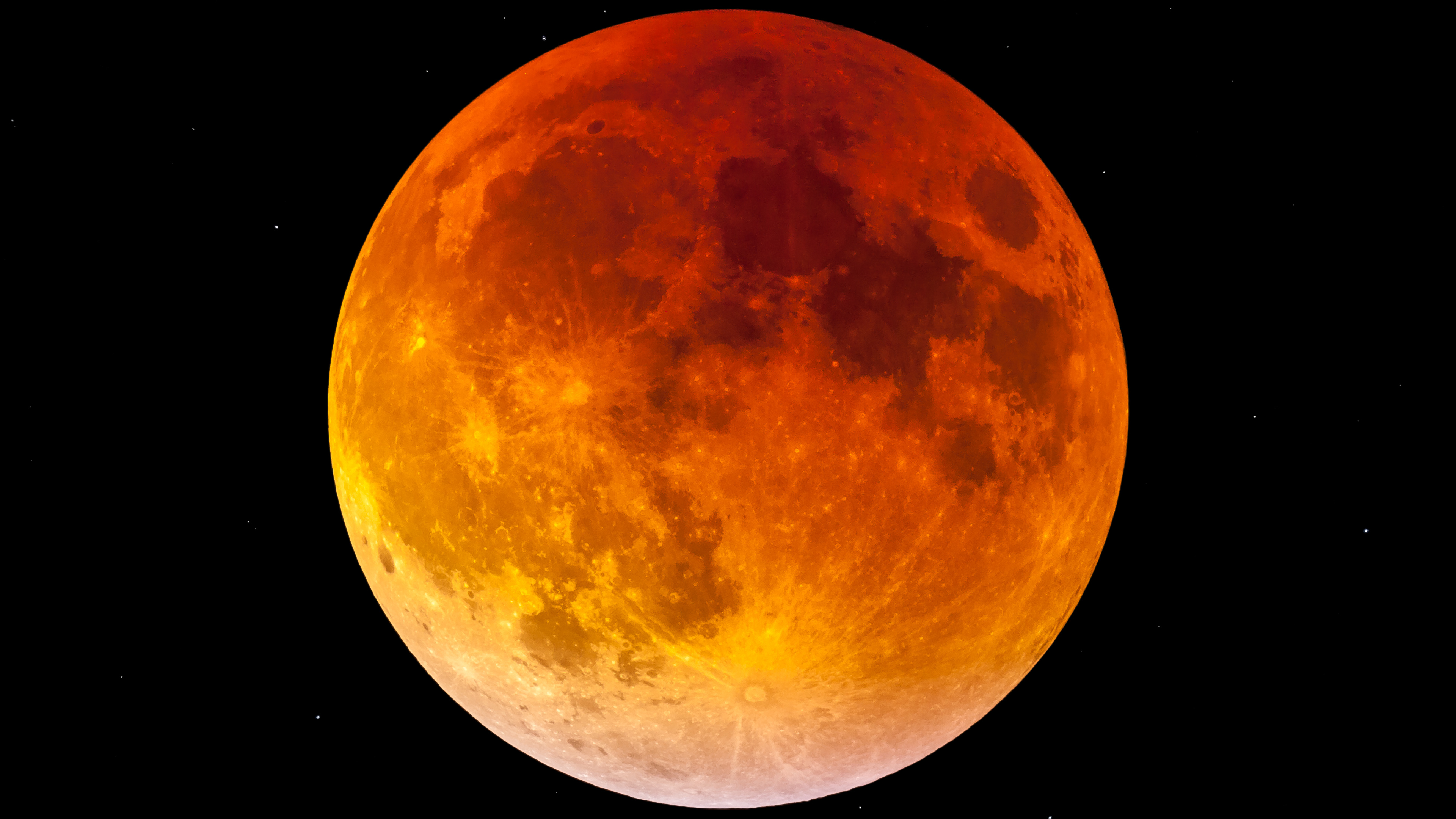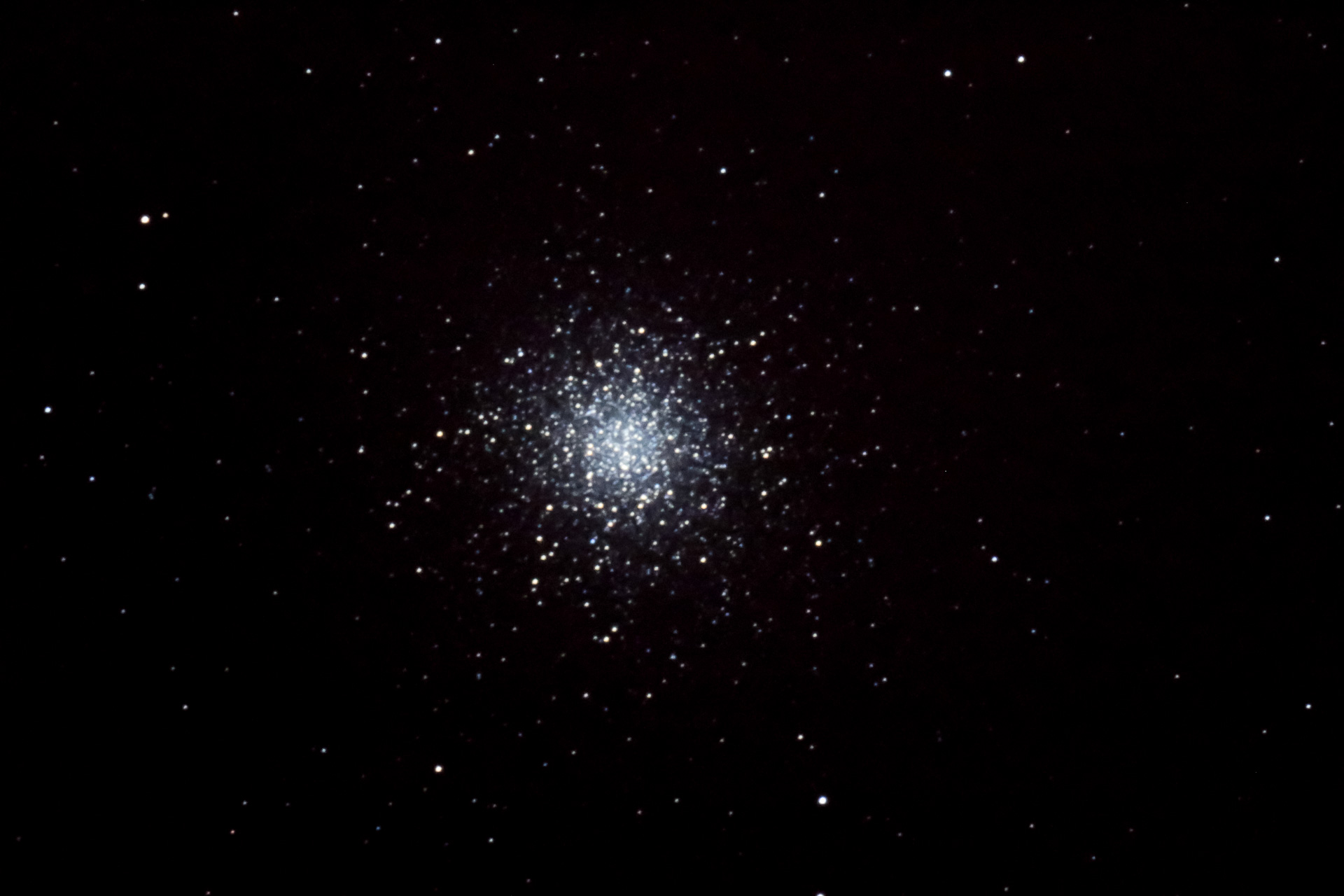More to the point, if a species ceases to exist but was never known to exist, did it ever exist? This is going far afield here, but what I think is being overlooked by the author of that commentary is that species do go extinct at some rate and knowing if that rate is being accelerated or not by humans may be hard to quantify, but two things are certain:
1.) Diversity is decreasing. Put another way, currently the rate of extinction of existing species is faster than the rate of emergence of new species.
2.) Habitat is decreasing. Related to the first point, and regardless of how many species other than humans survive over the coming millennia that's an issue in and of itself.
Regarding the loss of 2% per year, as the number decreases each year and putting forward one guess after another (8.7 million existing species, some minimal level of new species emerging, an unceasing trendline, along with whatever the actual rate is) we might guess that it could take 1200 years before we were the only species that hadn't gone extinct. I don't think we are at all likely to be the last species to go extinct, nor do I think we will only last another 1200 years, which leads me to believe that we will come into balance with the earth's ecosystem whether by design or by some more brutal happenstance.





